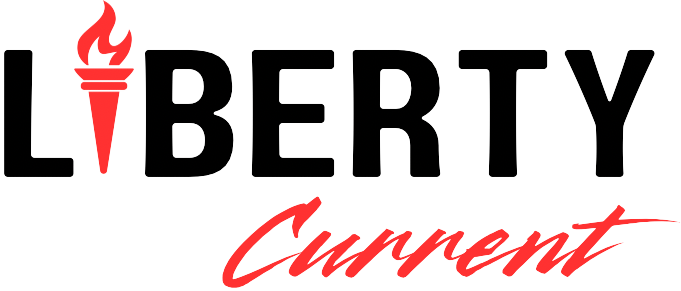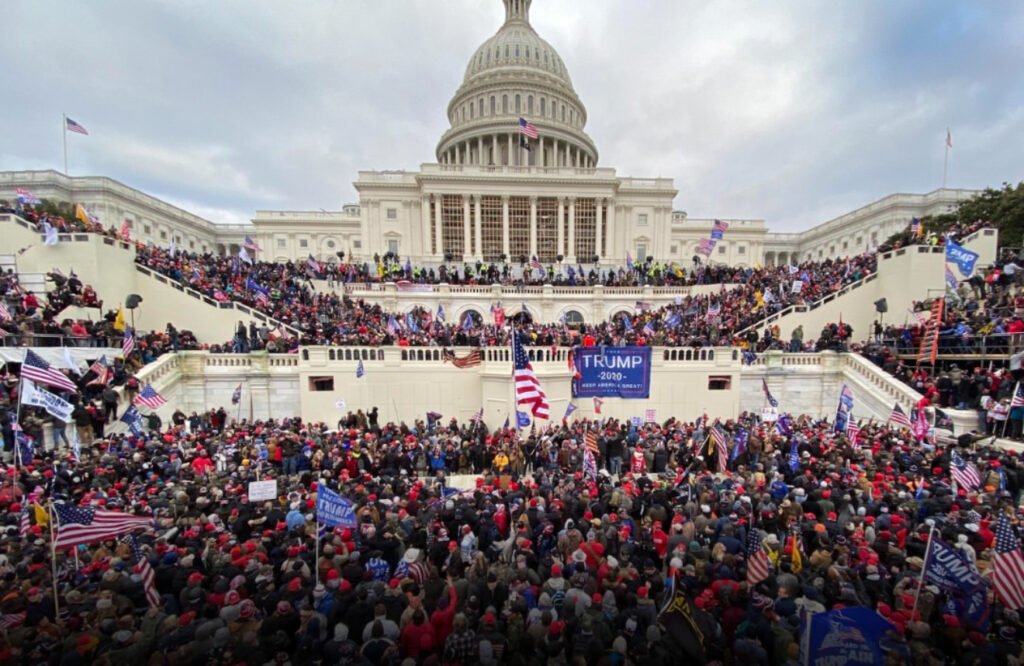California’s Latest Health Crisis: Are We Repeating COVID-19 Mistakes?

Are We Watching Another Pandemic Panic Unfold in California’s Bird Flu Emergency?
Governor Gavin Newsom declared a state of emergency in California on Wednesday in response to the spread of avian influenza (H5N1). The move which mobilizes resources statewide is urging residents to comply with new safety protocols. A move that has sparked heated debate over whether this is a necessary public health response or yet another case of government overreach.
While the virus itself has undoubtedly wreaked havoc on California’s agriculture sector, and raised legitimate public health concerns; critics argue that the sweeping emergency powers being deployed feel eerily reminiscent of the heavy-handed policies during the COVID-19 pandemic. Is California preparing to repeat history with an overblown response causing more harm than the outbreak itself?
Avian Influenza H5N1: A Primer
The H5N1 bird flu first made its way into the U.S. via bird populations in South Carolina. Over the past year it has spread across numerous states, including California, leaving a trail of economic and ecological damage in it’s wake. What began as a crisis, primarily impacting poultry and wild birds, has now hit California’s dairy farms; affecting 61 operations across nine counties in the state’s agricultural heartland.
Even as the virus spreads among animals, human cases remain minimal. Since March, 61 cases have been reported nationwide—with 34 in California. Notably no human-to-human transmission has been confirmed, and the most severe case—a Louisiana patient who required hospitalization—did not result in fatality. Despite this, the state of emergency declaration highlights the specter of a worst-case scenario, that many argue remains speculative at best.
The Economic Fallout: Agriculture Under Siege
California’s dairy industry, a cornerstone of it’s economy, has been hit particularly hard. Dairy cows in Central and Southern California have tested positive for the virus prompting the state to shift from regional containment measures, to an aggressive statewide response. The industry fears more economic disruption, as resources are redirected toward emergency mitigation efforts.
For farmers, this isn’t just a health issue—it’s a financial nightmare. “It’s a one-two punch,” said one dairy operator in Fresno County. “We’re still recovering from droughts, and supply chain issues and now this? The state’s restrictions are making it harder to stay afloat.”
Government Measures: Necessary Action or Overreach?
Under the emergency declaration California agencies are now authorized to fast-track contracts for necessary goods and services. The state also plans to ramp up containment and monitoring strategies—a familiar playbook for managing disease outbreaks. Yet critics say these measures are too broad for a virus that remains largely contained to specific industries and has shown limited impact on human health.
The declaration raises fears of further government intervention. Could broader restrictions like lockdowns or travel bans be on the horizon? This seems to be how it always starts right? First, it’s emergency powers. Then it mandates restrictions and the economy tanks again.
A Nation Watching California’s Next Move
California’s bird flu response is under the national spotlight; with other states considering similar measures. Public health officials argue that vigilance is necessary, to prevent an uncontrollable spread. But skeptics point to past overreactions that caused economic devastation during the COVID-19 era.
The public’s trust in government interventions has eroded significantly, since then; creating fertile ground for political debates and conspiracy theories. Some Californians worry that the emergency powers will pave the way for prolonged governmental control, others see this as an essential precaution.
Fear, Misinformation, and Political Fallout
Crisis breeds fear and fear breeds misinformation. As California grapples with the outbreak social media is already buzzing with unfounded theories—ranging from claims that the virus was engineered to conspiracies about foreign influence in U.S. agriculture. This is compounded by a lingering distrust in health authorities fueled by the legacy of COVID-19 policies that many viewed as excessive or even harmful.
The Bigger Picture: A Cycle of Overreaction?
For many California’s emergency declaration is just the latest episode in a well-worn saga of government overreach during health crises. The question remains: does the cure risk being worse than the disease?
While the bird flu poses a legitimate threat to industries and public health it’s far from clear, that the sweeping powers granted under the state of emergency are justified by the current level of risk. Critics argue that the broader economic and societal costs of such interventions must be carefully weighed, against the immediate threat of the virus.
A Call for Caution
As Californians brace for what comes next, one thing is certain: the state’s response will set a precedent for how governments handle future outbreaks. Residents are urged to stay informed, and critically assess the information they encounter particularly in an age where fear and misinformation often spread faster than any virus.
Whether this turns out to be a prudent response or an overreaction, only time will tell. For now, the question lingers: are we fighting the bird flu—or the ghosts of past pandemics?
Disclaimer:
This article is for informational purposes only and does not constitute financial, legal, or professional advice. The information provided is based on current knowledge and understanding, and while we strive for accuracy, we make no guarantees regarding its completeness or applicability. Parler assumes no responsibility for any actions taken based on this information. For specific advice, please consult a qualified professional.

